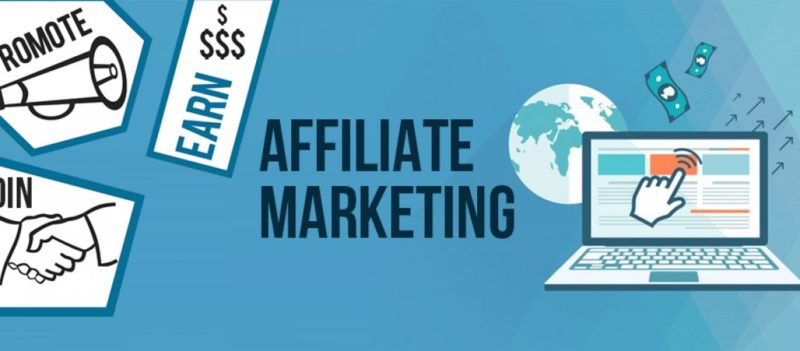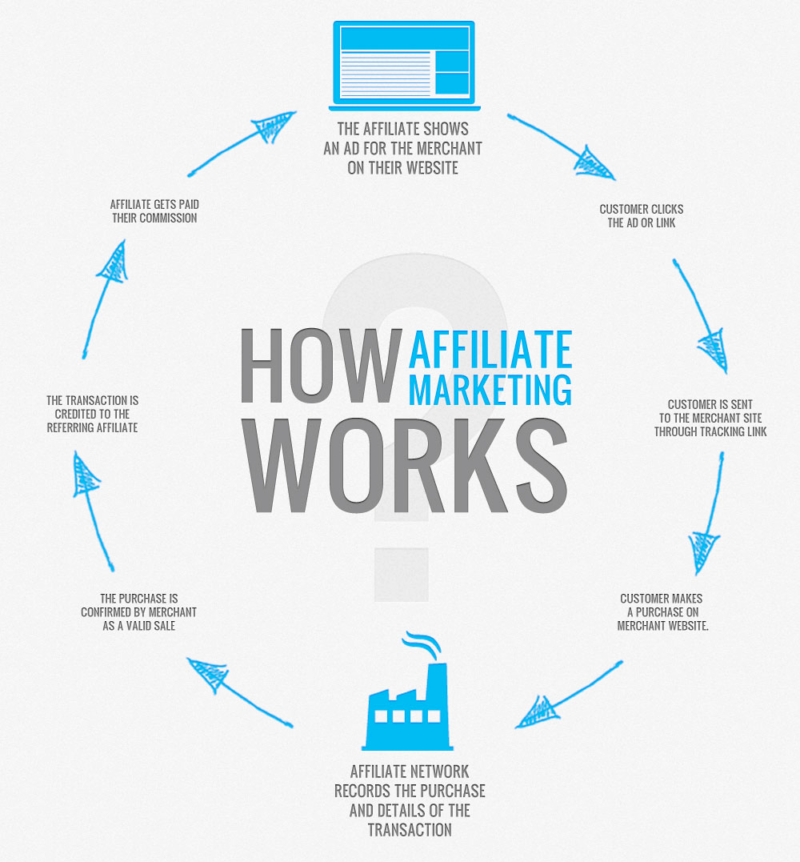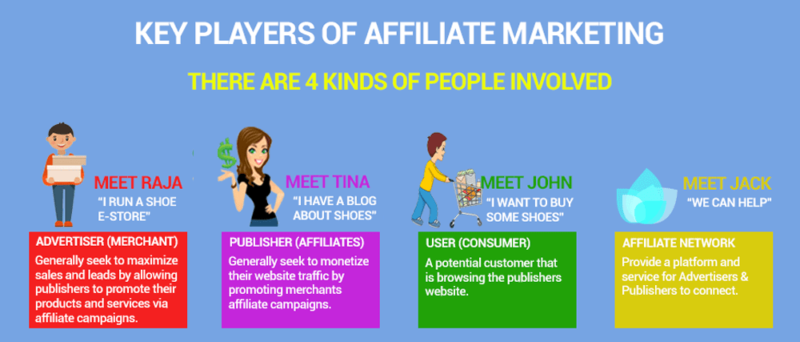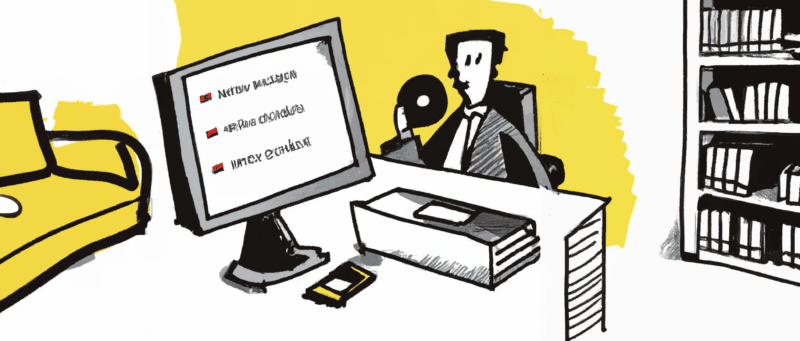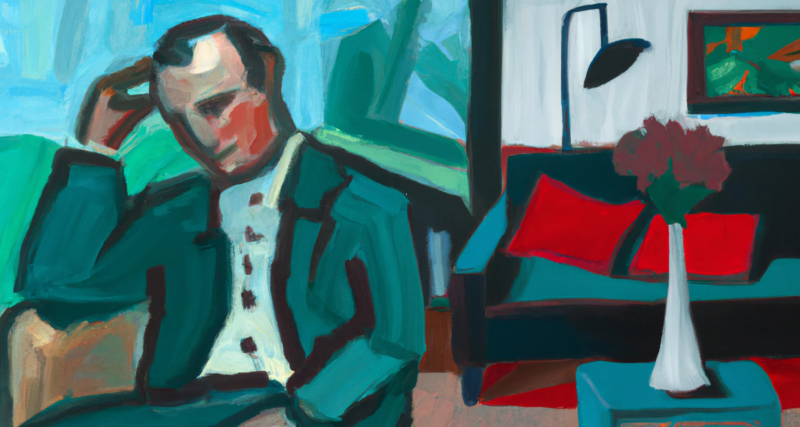
I’ve never paid too much attention to SEO when writing, just because writing is really a research tool for me as I learn new topics and consolidate my opinions on others.
However, there are a few habits and techniques that I’ve picked up over the years. I’ve been blogging for close to two decades after all.
- Monthly go through Google Search Console and fix any issues. I like to take a look even more frequently, maybe once a week, just because this is a great tool to point out any major issues that many times only need an easy fix.
- Make sure the site is optimized for mobile. Nowadays I get more visits from mobile devices, around 55% of all visits.
- Comparison tables work really well at presenting information and you will achieve a high rate of clicks through them.
- Images in posts should be linked and there should be a clear call to action.
- Think about what the user is searching for, and what his real intent is. Then target that real intent in a laser-focused manner.
- Open external links in new tabs, else you are inviting people to leave your site.
- Make use of your newsletter to develop a closer relationship with your subscribers. Also ensure you’re taking actions to grow the subscriber base over time.
- People tend to click on
- buttons
- links
- images
- logos
Make sure you have all these elements on every blog post.
- Every month, pick the top 5-10 posts and ensure they are optimized and up-to-date. I also like to prune and consolidate the non-performant posts.
- Test your site with ad blockers on, make sure there isn’t any essential stuff missing.
- Use tools to measure and optimize, but make sure you spend an appropriate amount of time on that. Your writing is always the most important thing.
Here are the top courses for those who want to learn SEO and affiliate marketing:
- Backlinko SEO Training
- SEO Blueprint (by Glen Alsopp)
- Authority Hacker (2 courses available)
- The Affiliate Lab (by Matt Diggity)
Here’s a list of great SEO tools:
- Hotjar
- Accuranker
- SurferSEO
- Clearscope
- Clicky
- Ahrefs
- Semrush
What are your favorites? Let me know in the comments section.
